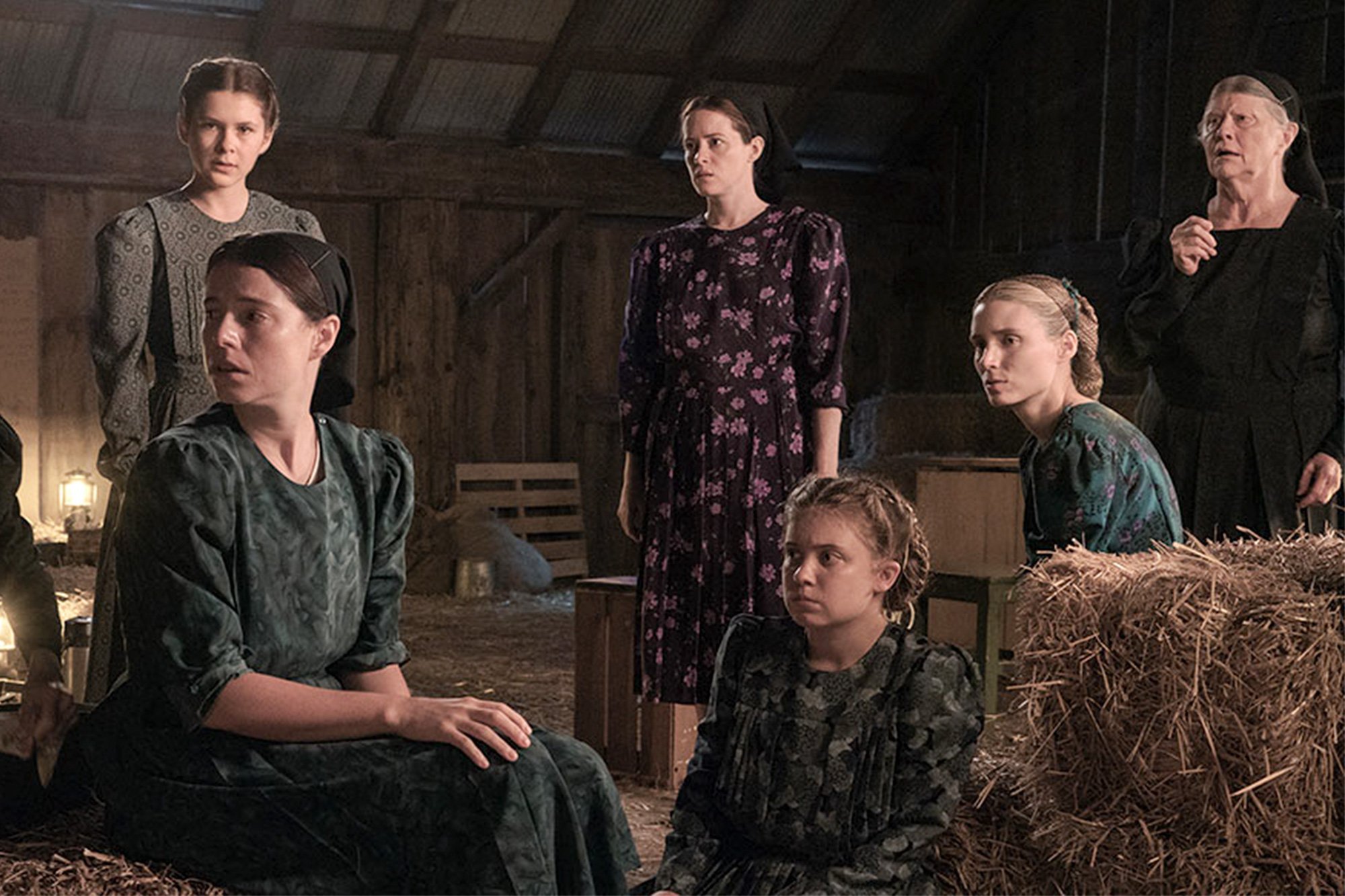If there were an award for getting audiences to live out the title of a film, Sarah Polley’s Women Talking would win in a landslide. The recent Academy Award winner for Best Adapted Screenplay has accomplished what good film–and good art, for that matter–is meant to do: provoke thought and response. It has indeed led to women (and men) talking about the movie itself and the themes it explores.
Login to read more
Sign in or create a free account to access Subscriber-only content.
Topics:
